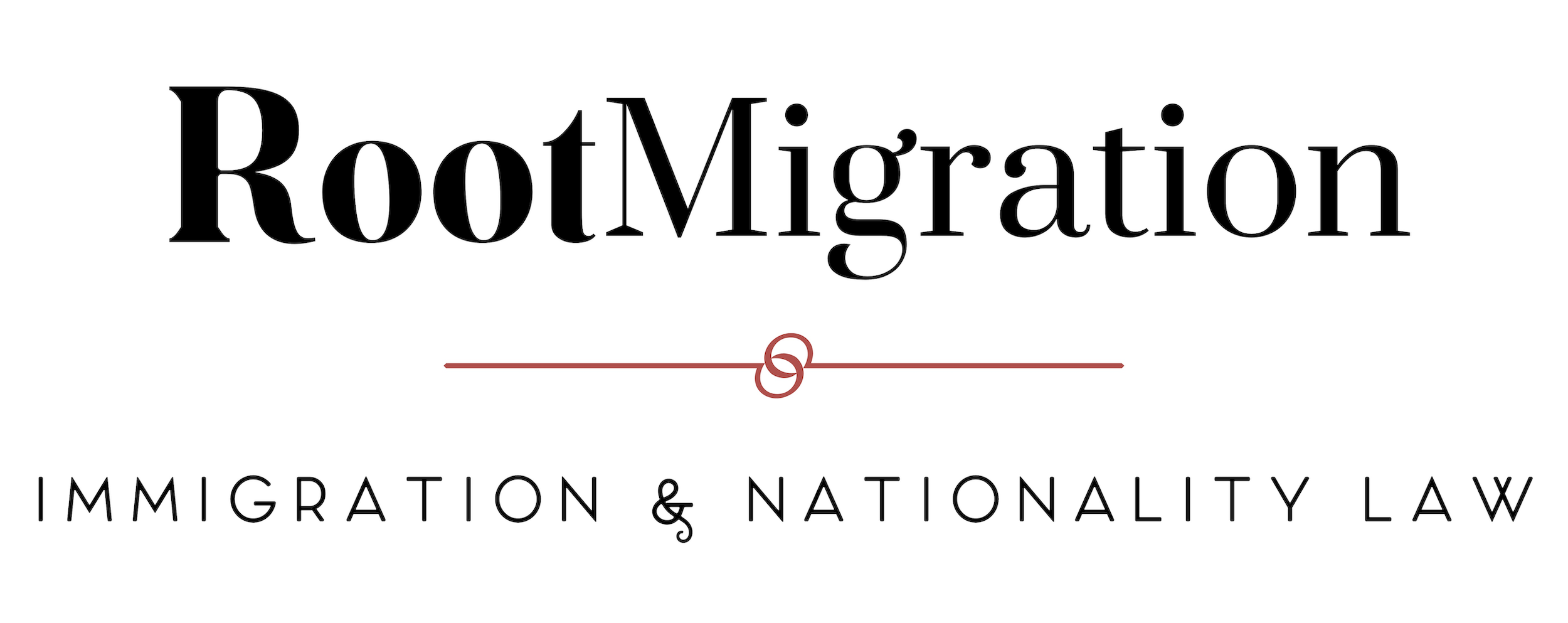What is consular processing anyway?
It’s the process of applying for a visa at the embassies and consular posts across the world. You can apply for all sorts of visas at embassies and consulates overseas, on this blog we focus exclusively on family-based immigrant visas.
Step 1 – File the I-130
The first step in a family-based consular processing case is the I-130 Petition. An I-130 petition is filed by someone who is either a United States citizen or a lawful permanent resident on behalf of their spouse, parent, child, or sibling. There are specific rules around who can file an I-130 for whom and in what circumstances so if you don’t know whether you qualify or not, you need to speak with an immigration attorney.
The I-130 is filed the United States Citizenship and Immigration Services (USCIS).
USCIS is part of the Department of Homeland Security. When adjudicating an I-130, USCIS only cares about the relationship between the Petitioner and the Beneficiary. The only question they need to answer is, “Is this relationship legitimate, or is it fraudulent?” USCIS takes potential fraud very seriously, so you have to provide adequate evidence that the relationship is genuine. I will discuss what evidence is required in another video.
I-130 Petitions take about a year to be approved, depending on what USCIS Service Center is adjudicating the petition.
Step 2 – The File Goes to the National Visa Center, Pay the Immigrant Visa Fees
After the I-130 Petition is approved, the case will be sent to the National Visa Center (NVC). The National Visa Center is a part of the Department of State. If you are curious to understand all the different federal agencies involved in immigration, I will discuss that in another blog post, so be sure to keep a look out for that.
The National Visa Center is an office located in New Hampshire that prepares files for the consulates worldwide. Before your file can be sent to the consulate in your home country for your immigrant visa interview, it will go through the National Visa Center which will collect fees and documents and prepare your file for the interview.
Step 3 – Immigrant Visa Interview
The next step in the process is to attend the immigrant visa interview in your home country. Prior to attending that interview, you need to go through a medical exam and fingerprinting. Each consulate’s process is different, so it’s really important that you check the Department of State’s website for consulate-specific information prior to your interview.
Step 4 – Travel to the United States
The final step in the process is to travel to the United States with your visa and present yourself at the border or at the airport for inspection and admission. Inspection and admission refers to the act of presenting your passport and visa to an immigration officer and being allowed to enter the country. Once your passport is stamped and your are allowed entry into the United States, you are a lawful permanent resident!
**Many cases involve waivers of inadmissibility, which makes this timeline and overview look a little different. For simplicity sake, I omitted waivers from this blog post. I will do a separate blog post about waivers in the future.
